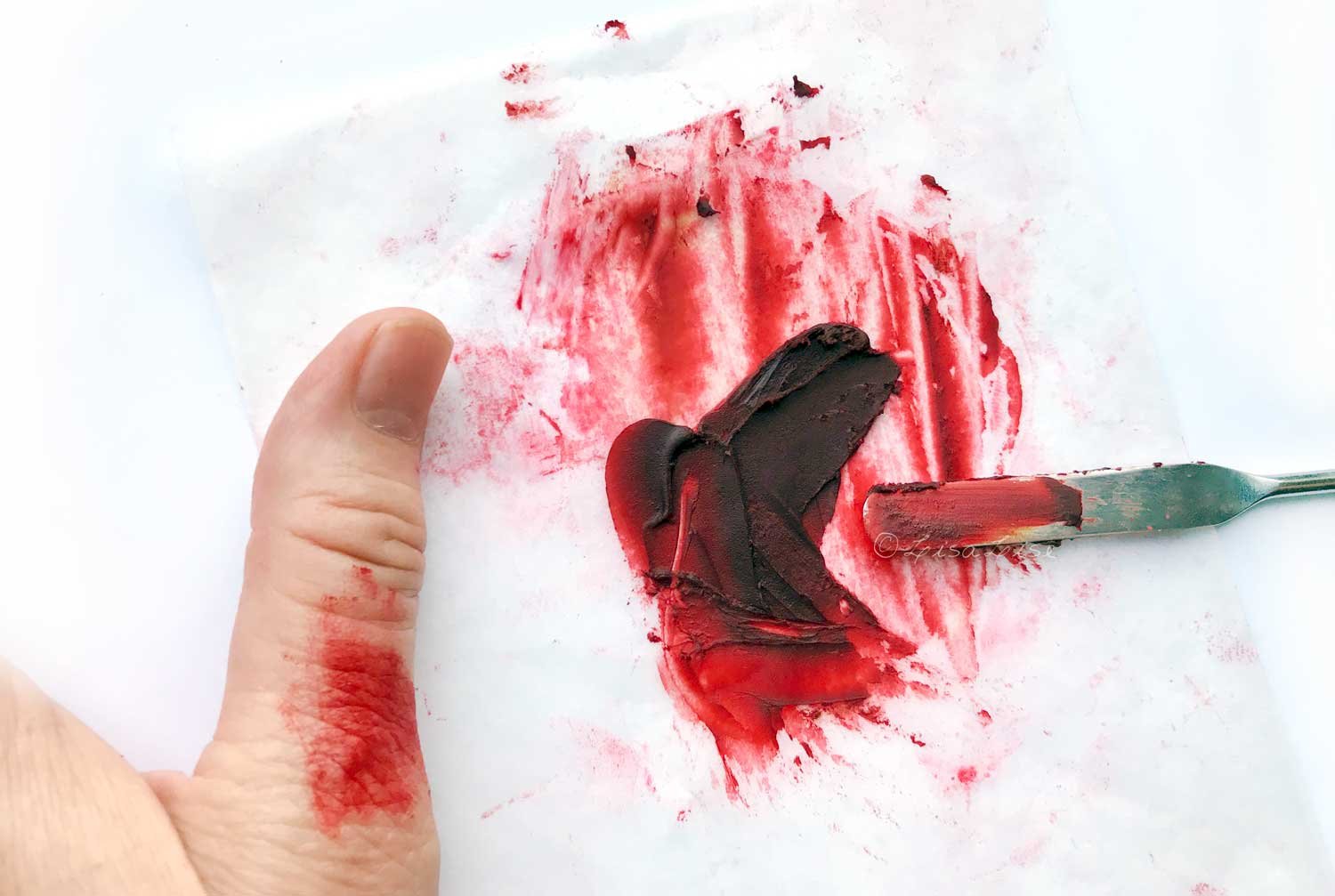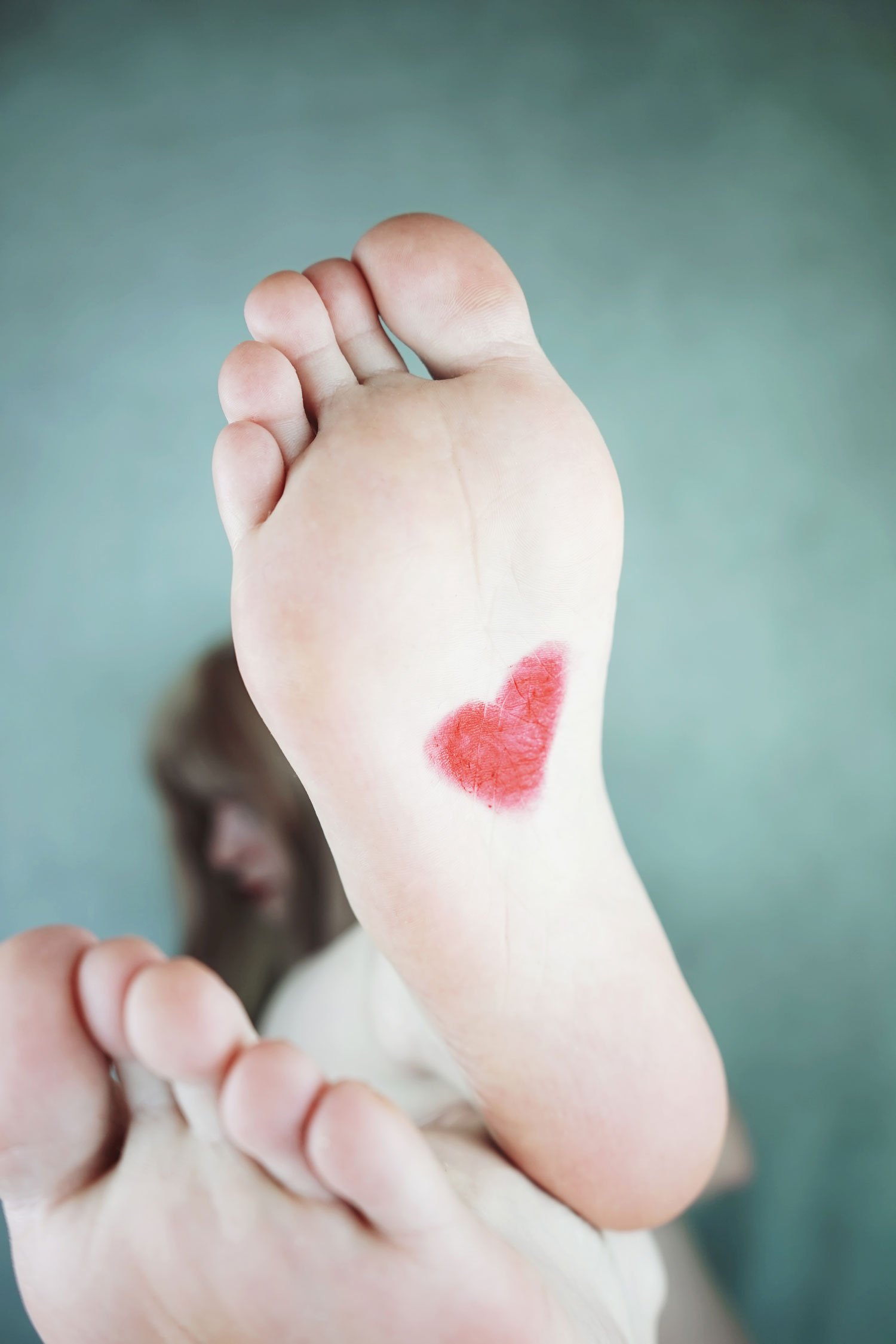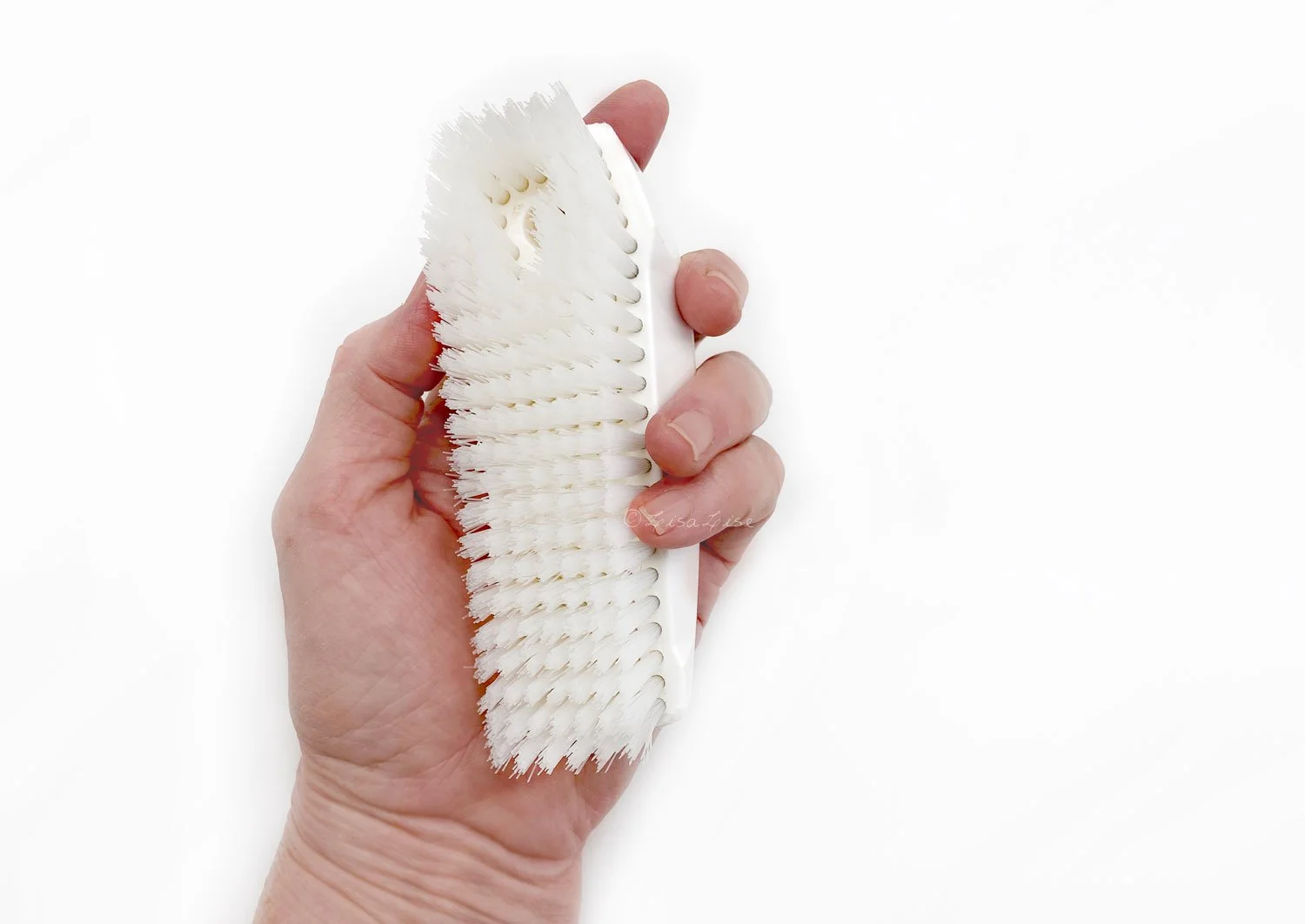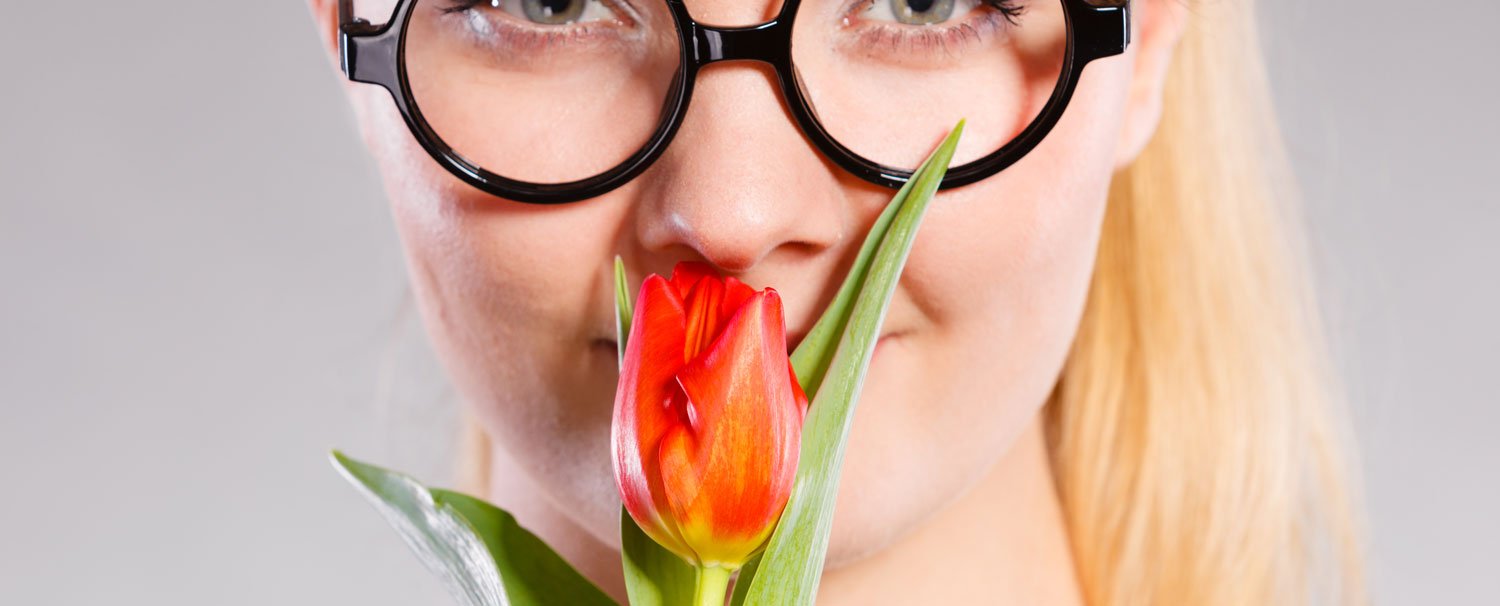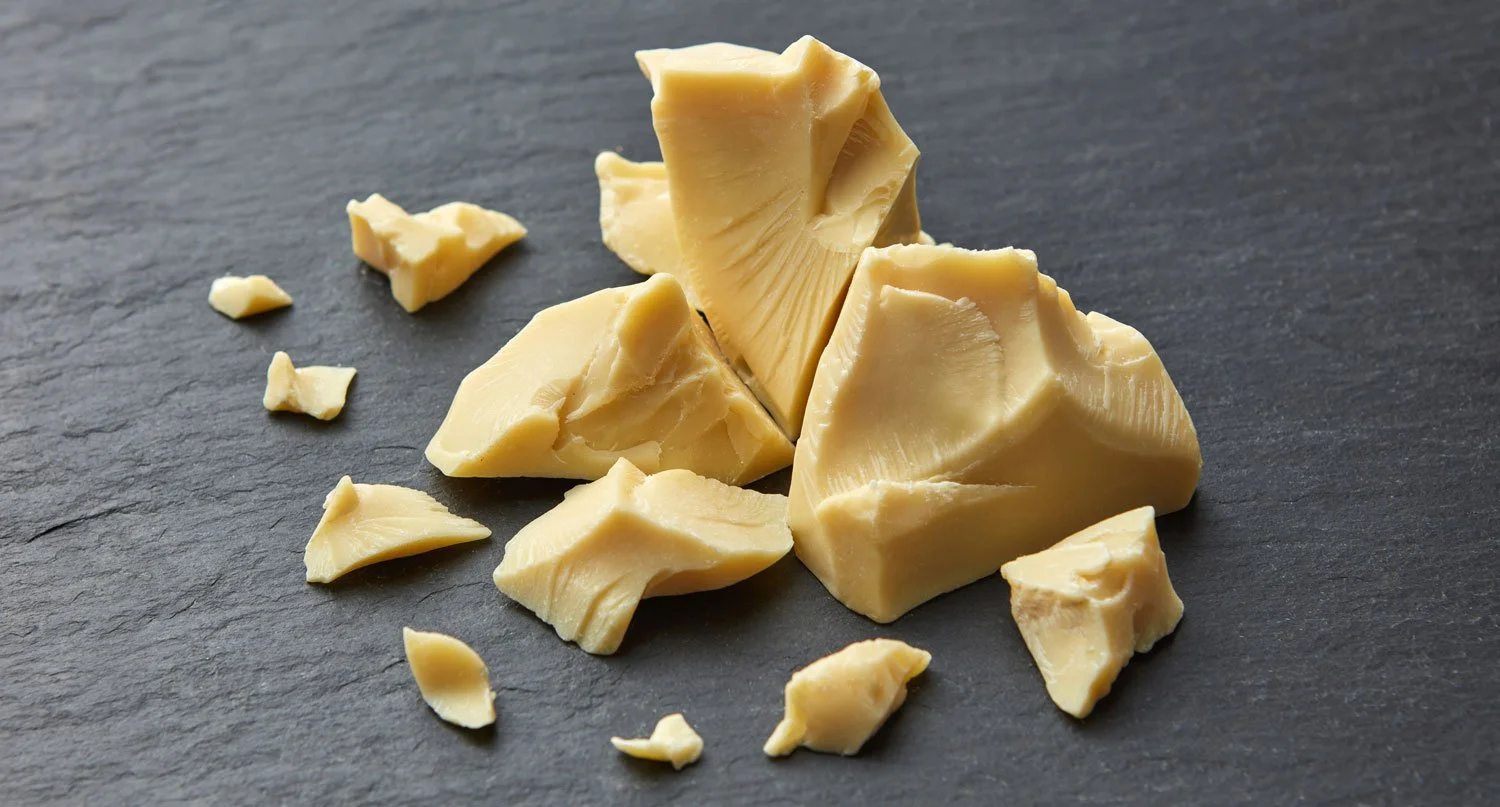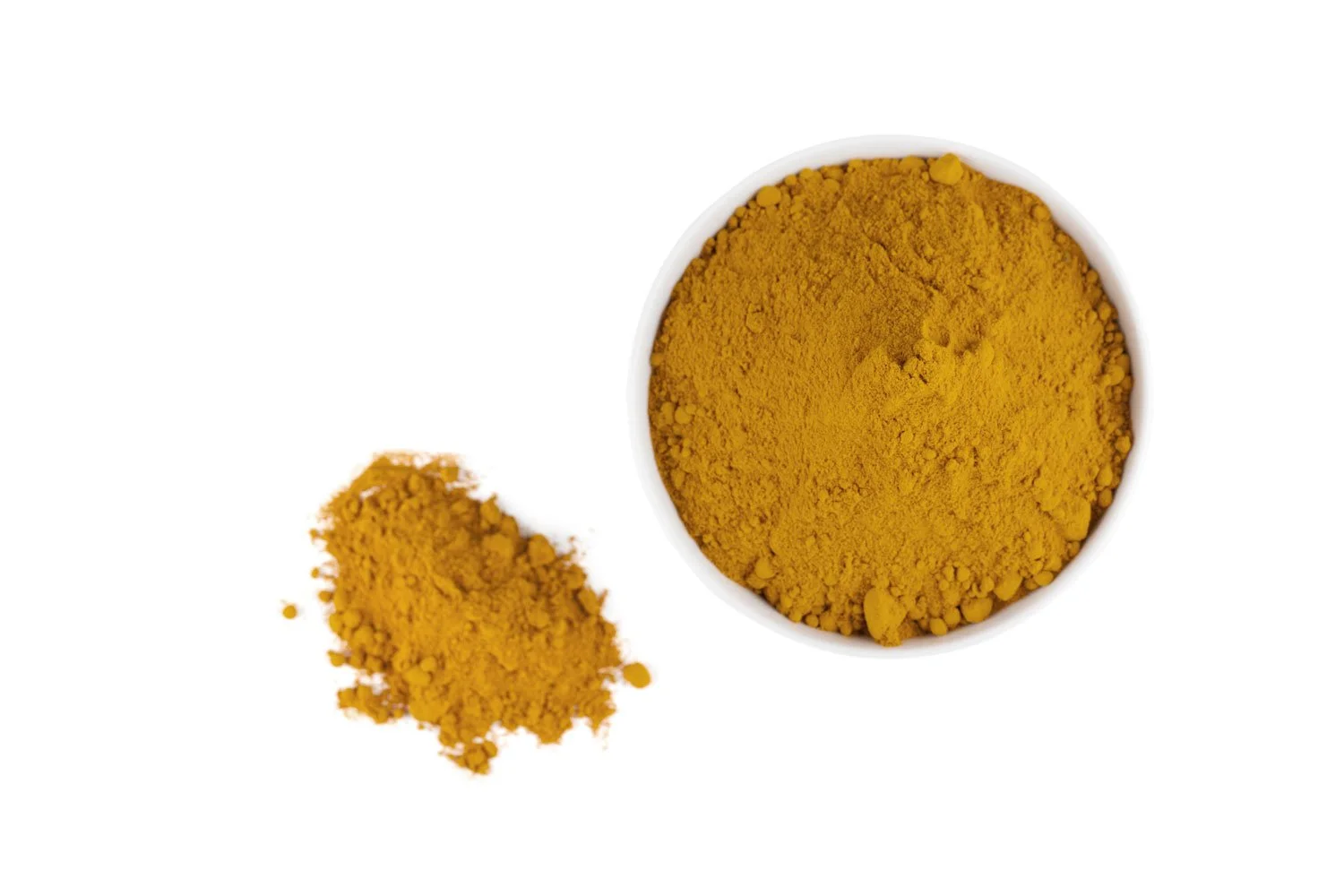Lipstick Grows on Bushes
Lise
This red mess you are looking at is a bit of success. I suppose we could call it a successful mess. It is 100% plant-based colorants in a 100% botanical base. When I realised it actually had the color, opacity, stability, and staying power I had been trying to acheive, I was absolutely beside myself.
But I'm already a little ahead of myself.
Let's go back a bit.
"This shouldn't take too terribly long" said the Eternal Optimist
Over a decade ago, I put this 'little' project on my personal-to-do list. I thought it might be fun to develop a series of color cosmetics that uses solely plant-based colorants and doubles as skincare.
Admittedly, this sounds like mission impossible, but if you have been following me a while, you probably also know I do like a challenge.
You: Only plant colorants, Lise?
Me: Yup - all natural, all plant-based and only botanical colors.
You: But that's not possible! Plants morph and change color - they turn brown and boring.
Me: I know, and that makes the whole thing a bit of a challenge doesn't it?
The Claim: Cosmetics Will Never Be Natural
It was a meme on Instagram (posted by a formulator of the petrochemical persuasion) that helped kick me into gear and get serious about seeing if this could be done.
The meme was a graphic of a bush (or tree?) that was filled with 'blossoming' lipsticks instead of flowers.
The accompanying text was something along these lines:
"until someone invents a lipstick bush, cosmetics will never be natural."
My immediate thought: 'what an odd choice of graphic and words for someone who has obviously never heard of the Lipstick tree'.
And that was it.
I had to prove lipstick could grow on bushes, so I got to work.
As time has passed, this project has been worked on furiously, placed on the back burner and everything in between because, well, sometimes, things just get in the way.
The Value of Accumulated Fails
There have been scads of fails.
I am not exaggerating. I have over a decades worth of batch notes and research to prove it. And one of the most amazing things I have discovered about having THAT many fails is that it changes every fail from being just another learning experience to an entire education in and of itself. It creates a base from which one can begin to step in the direction of success.
And that’s what I am happy to say happens more and more often.
Plant Based Red Lippie
When this successful mess happened in 2018, it enabled me to hone in on a more targeted path to plant-color success.
I'm still working on this and haven’t cracked every plant-colorant code but from my results so far, I can attest to this: Lipstick grows on bushes.
Tip
If you’re interested in walking this plant-colorant path with me, you might consider joining LisaLise Club where I'm sharing my formulas and methods exclusively with members. Click the picture below to read more and sign up.

